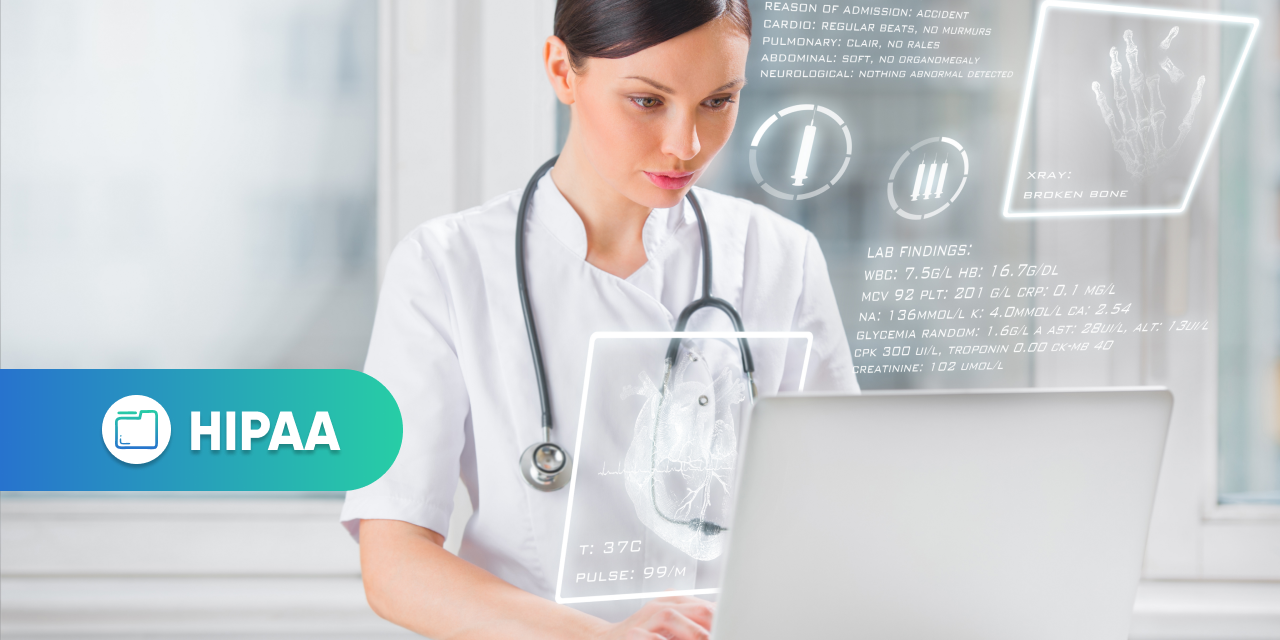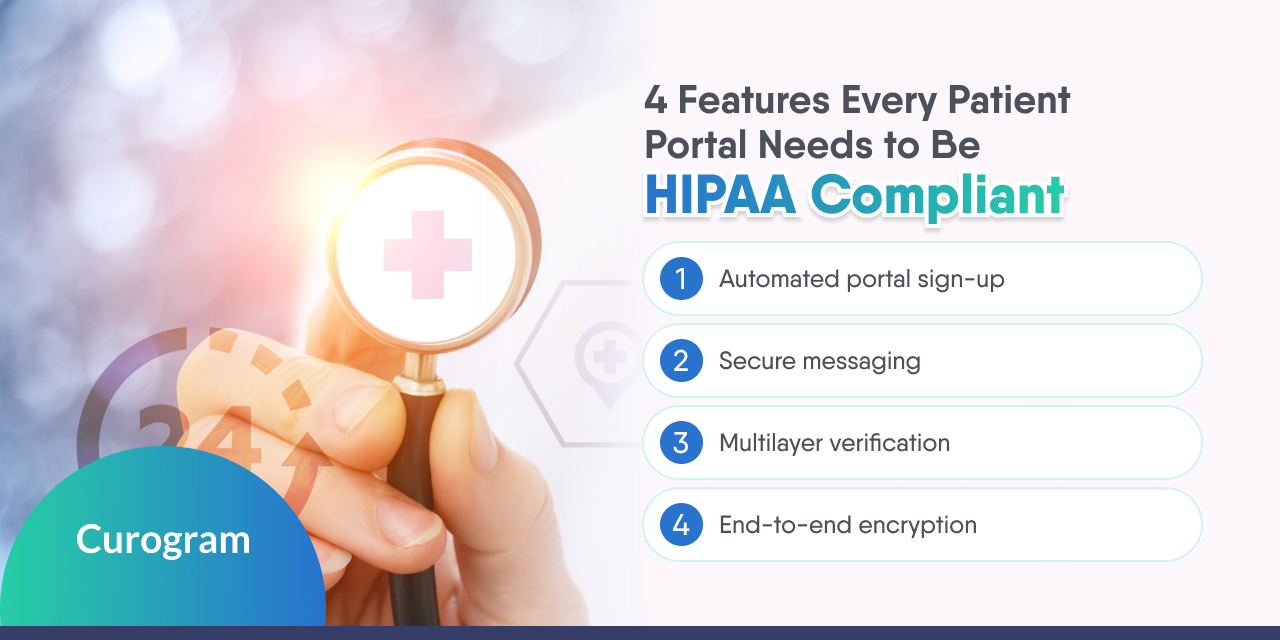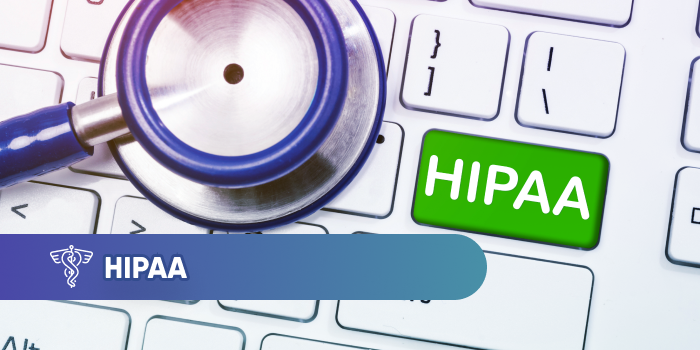What Makes Communication Technology HIPAA Compliant
Communication technology certainly makes day-to-day medical practices more efficient. Healthcare professionals use devices, such as smartphones and...
2 min read
 Joshua Inciso
:
5/31/22 8:45 AM
Joshua Inciso
:
5/31/22 8:45 AM

According to the National Coordinator for Health Information Technology Office, approximately 63% of patients who used portals were encouraged by their healthcare providers. Despite the growing trend of using patient portals, more than 25% of patients refuse to use them because of data privacy concerns or the fear of compromising their data.
As health facilities transition to value-based, patient-centric, integrated care models, the use of technology grows further. Because of the evolution of technology and services in healthcare, medical practices must remain aware of privacy and security risks. Below are four features every patient portal needs to be HIPAA compliant.
You can stop false enrollments in the source portal by automating the initial sign-up process. When you properly implement that feature, the automation merely requires the patient to enter some information, and then the software can verify the patient’s identity on the back end.
Patient portal secure messaging allows patients to manage their care through asynchronous, direct communication with their providers. Once your patient portal integrates with your EHR system, you need to enable secure messaging to protect data and information that will pass through the platform.
Secure instant messaging improves real-time communication between healthcare teams and patients. It allows providers to efficiently care for more patients during each work shift, reducing wait time and improving overall service delivery.
Multilayer verification secures a patient's direct access to portals, but other, more recurring vulnerabilities also need to be checked. For example, two-factor authentication provides additional protection to regular login procedures.
Two-factor authentication (2-FA) means users can also be asked to provide personal information such as cell phone numbers, ZIP codes, fingerprints, iris scans, and more, making it more difficult for unauthorized people to access patients' profiles.
End-to-end encryption or E2EE is a secure communication method that stops third parties from accessing data transferred from one device to another. In E2EE, the data is encrypted on the sender's device, and only the intended recipient can decrypt it.
This ensures that the data sent cannot be read or tampered with by third parties with access to the system, such as an internet service provider (ISP), application service provider, hacker, or another entity. This means messages, prescriptions, diagnoses, and other sensitive data are confidential.
Being HIPAA-compliant means that your practice takes adequate measures to protect your patient’s data. Since cybercriminals highly seek personal healthcare information, it’s essential to be aware of HIPAA rules and guidelines that you must comply with; otherwise, your practice will face heavy fines. Non-HIPAA compliance can attract a fine of up to $50,000 per violation and $1.5 million for repeat offenders.
HIPAA regulations exist to reduce fraudulent activity, ensure security and privacy of health information, enforce standards for medical information, and improve data systems. By knowing and preventing security risks resulting in high compliance costs, your practice can focus on increasing your revenue instead of worrying about these potential fines.
Your practice can use these features to strengthen portal security and boost the confidence of your patients. With the help of Curogram, protected data is guaranteed, and effective communication is in place. Curogram is an all-in-one HIPAA-compliant telemedicine software that offers secure HIPAA-compliant messaging, a patient portal, and other vital services. If you want to know more about secure patient portals, contact Curogram today.


Communication technology certainly makes day-to-day medical practices more efficient. Healthcare professionals use devices, such as smartphones and...

As medical revenue processes evolve towards more value-focused systems, it’s imperative that healthcare professionals identify viable solutions that...

Patients who are engaged are often more active in their healthcare, which can lead to better health outcomes and overall satisfaction levels. And as...